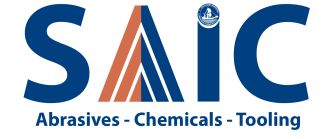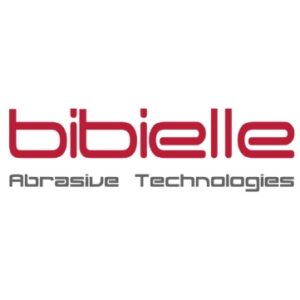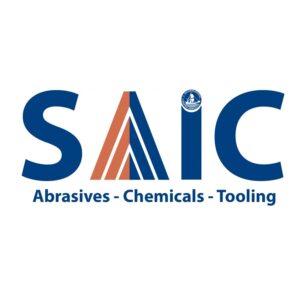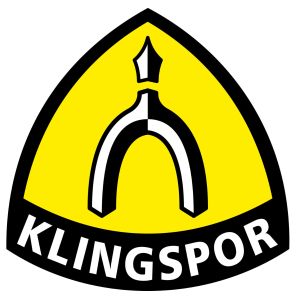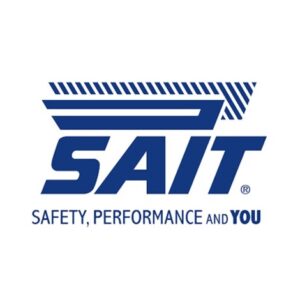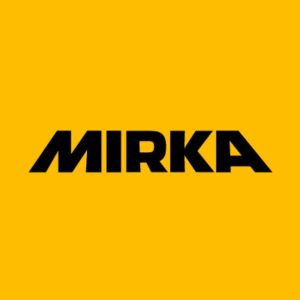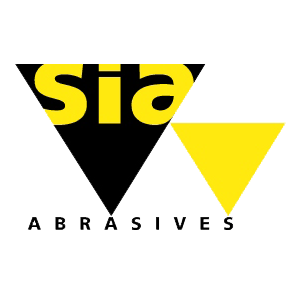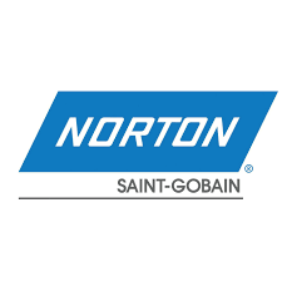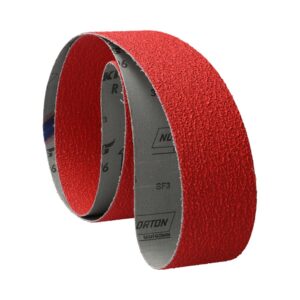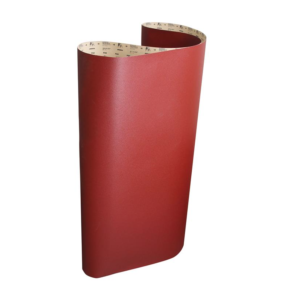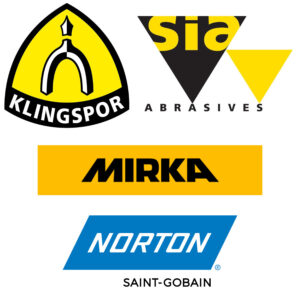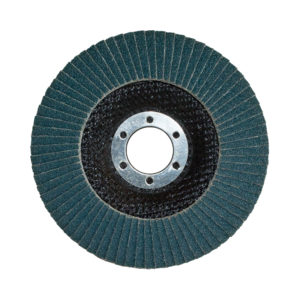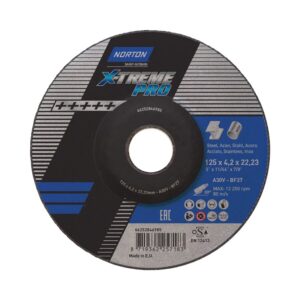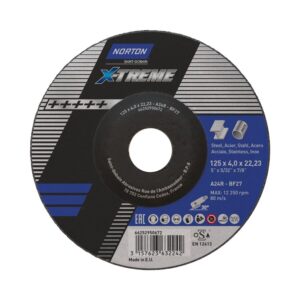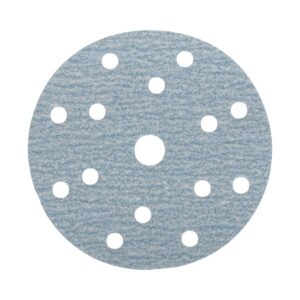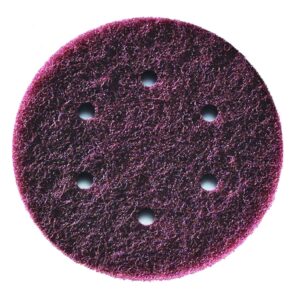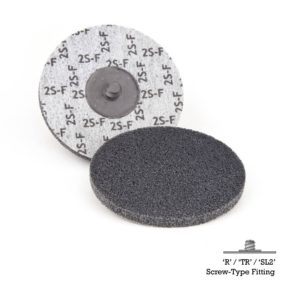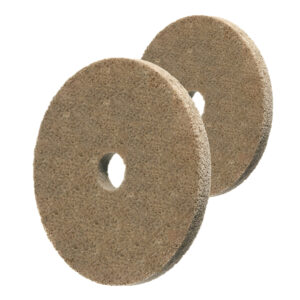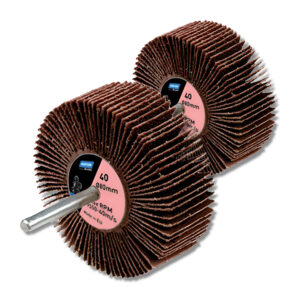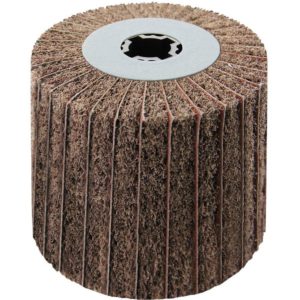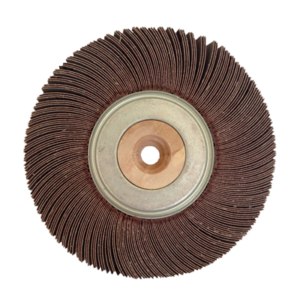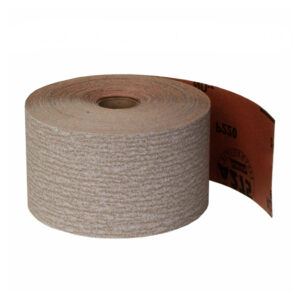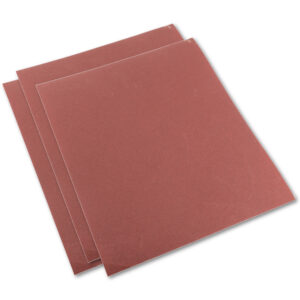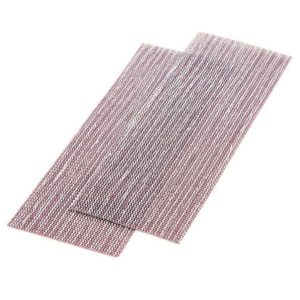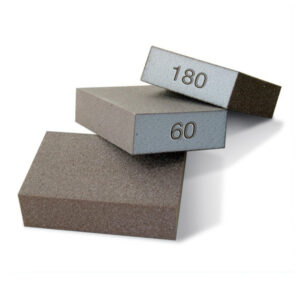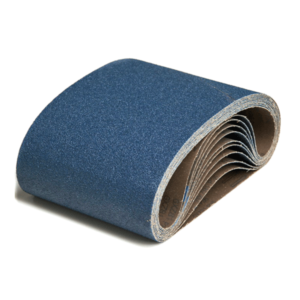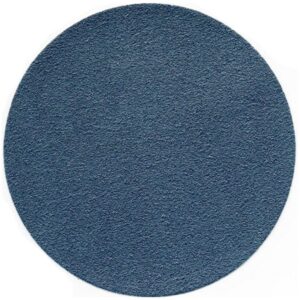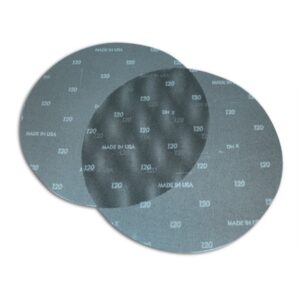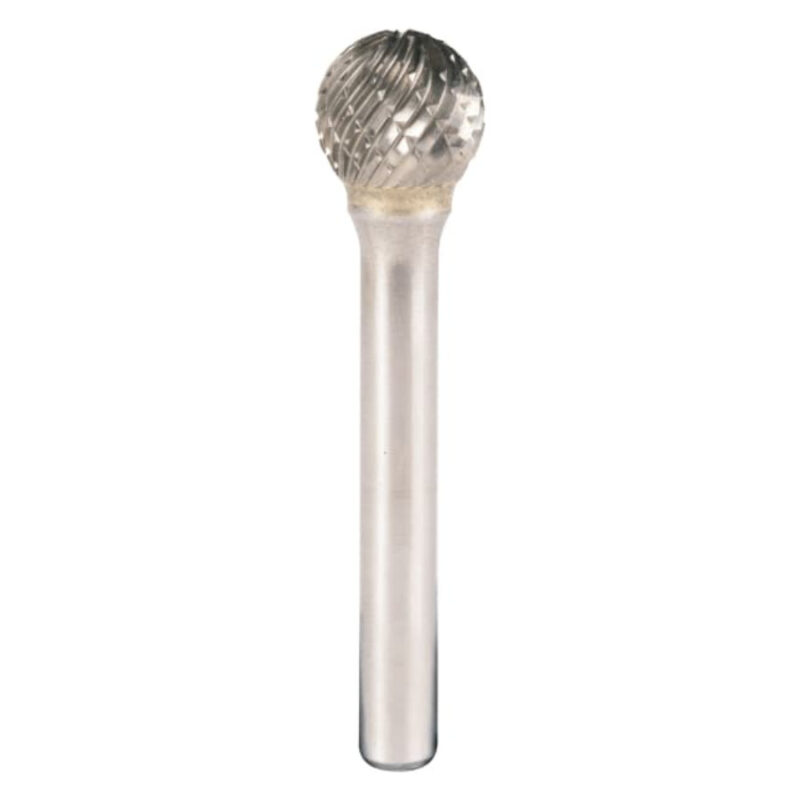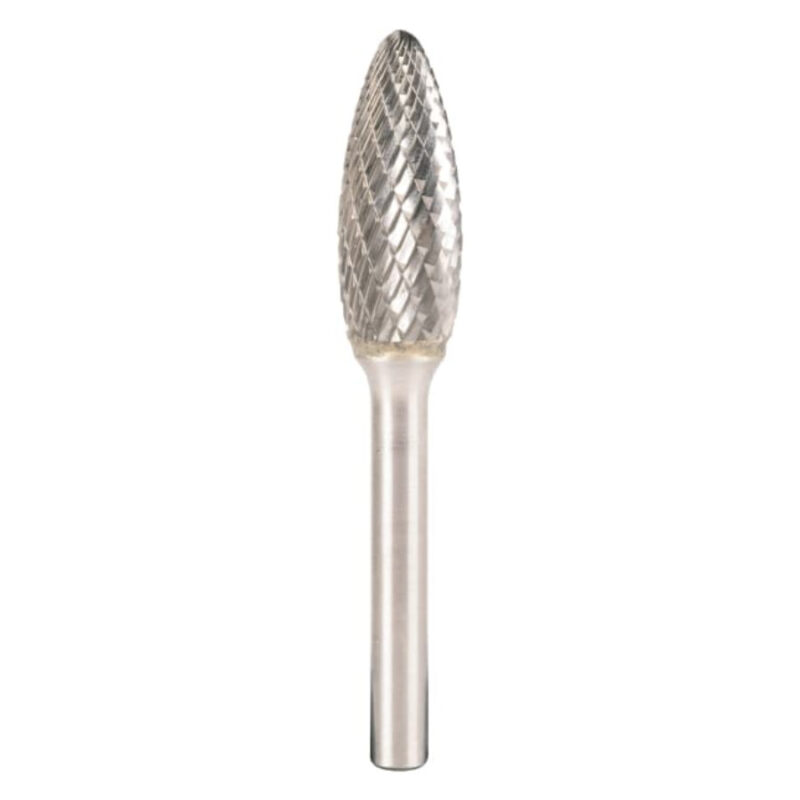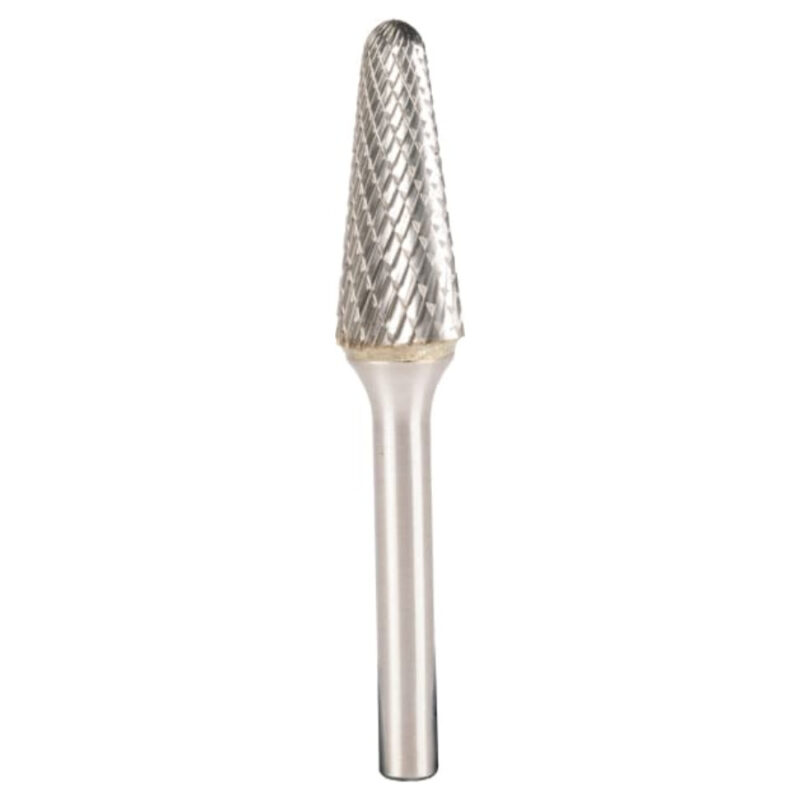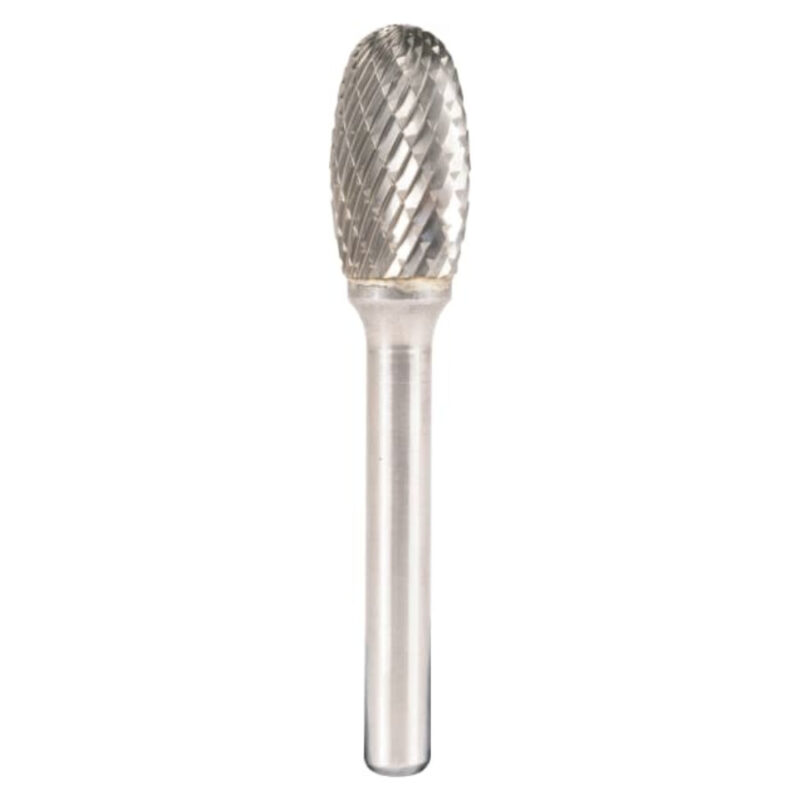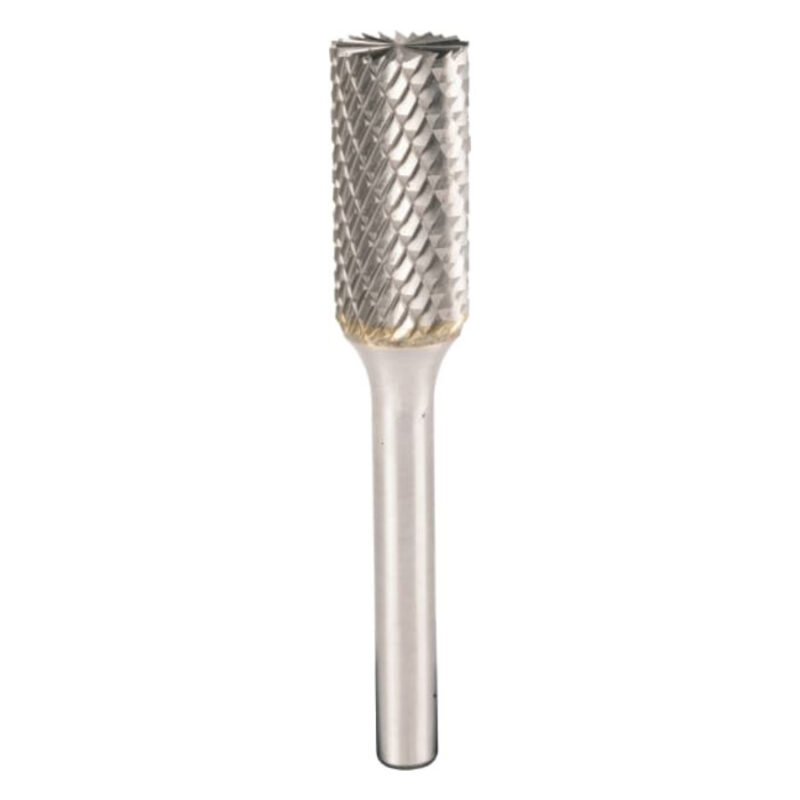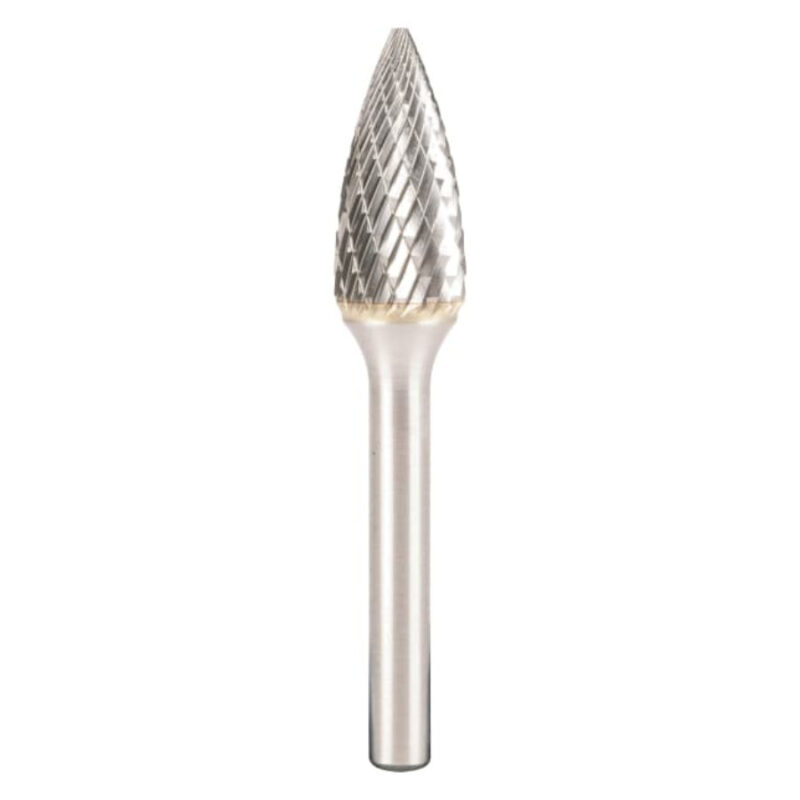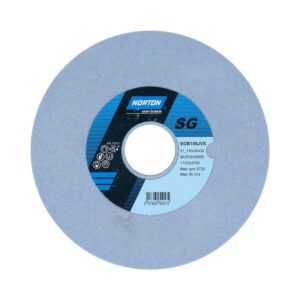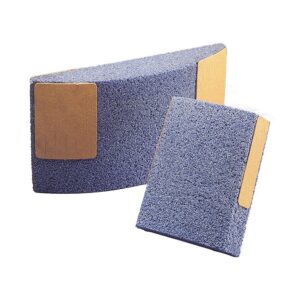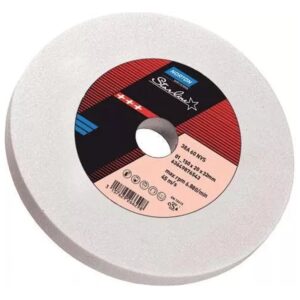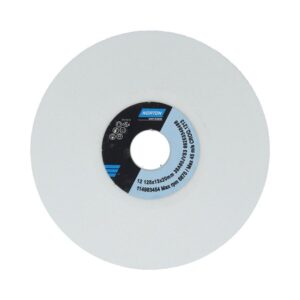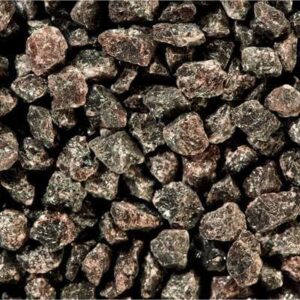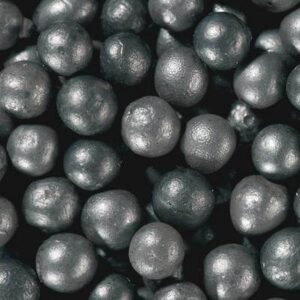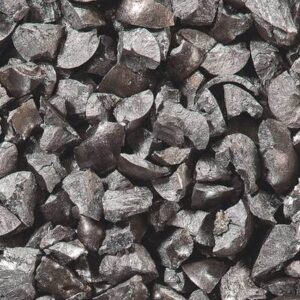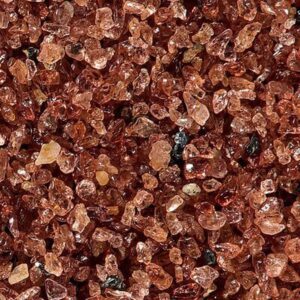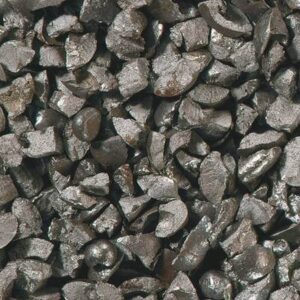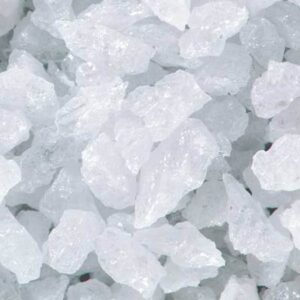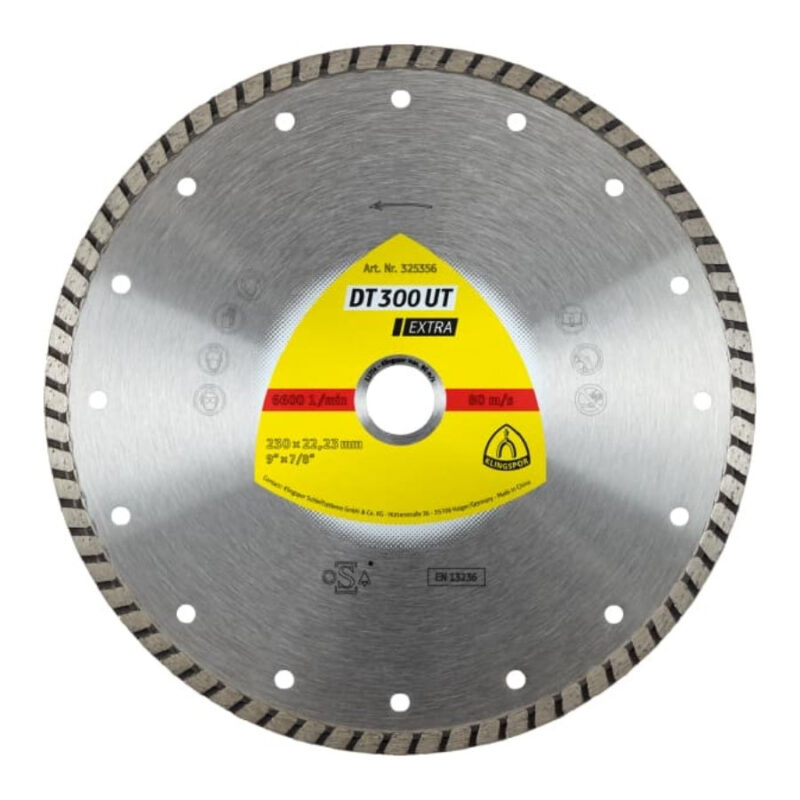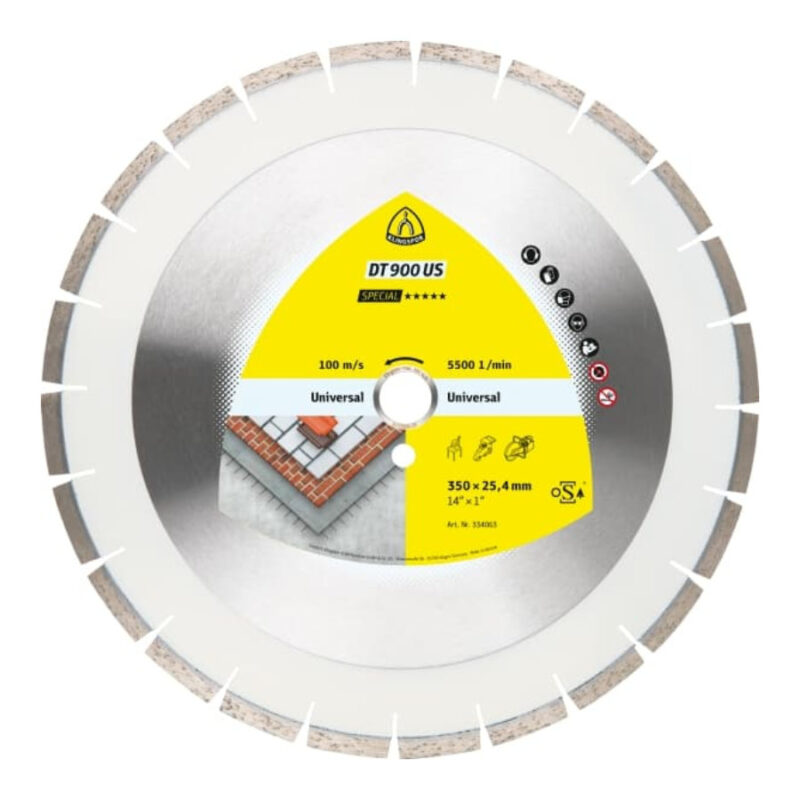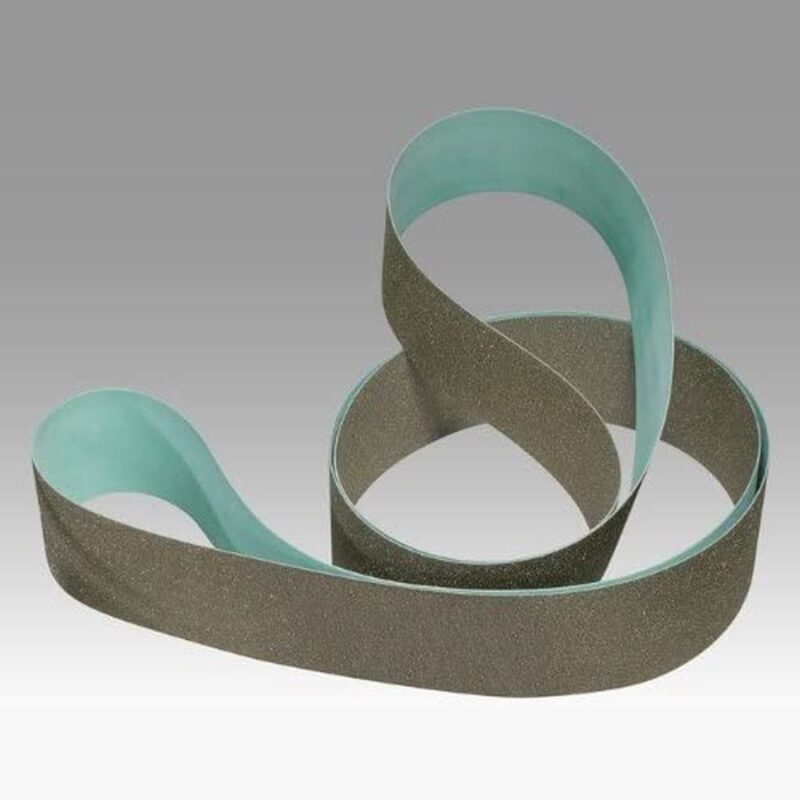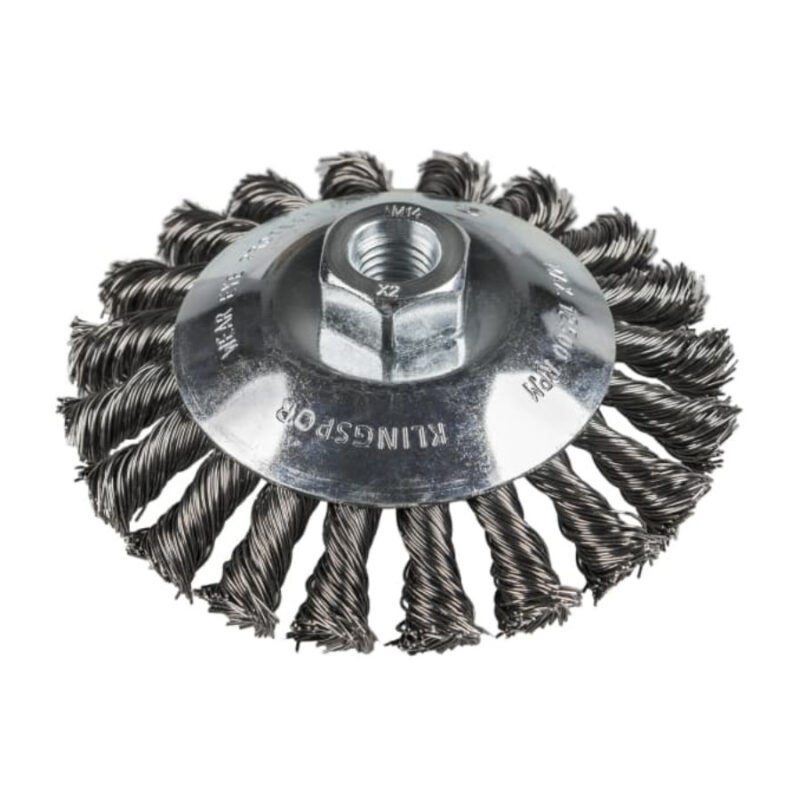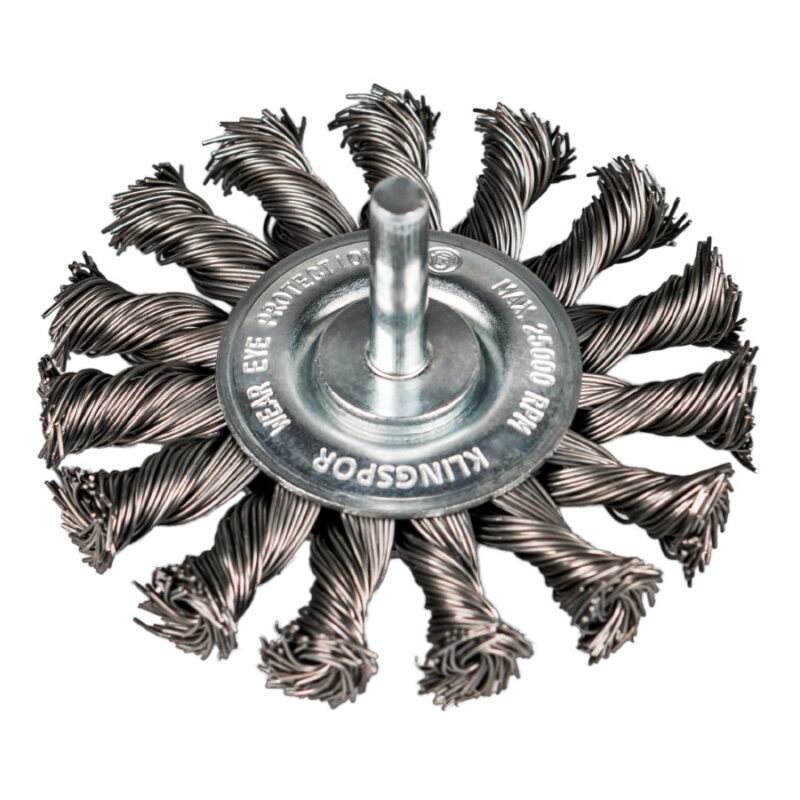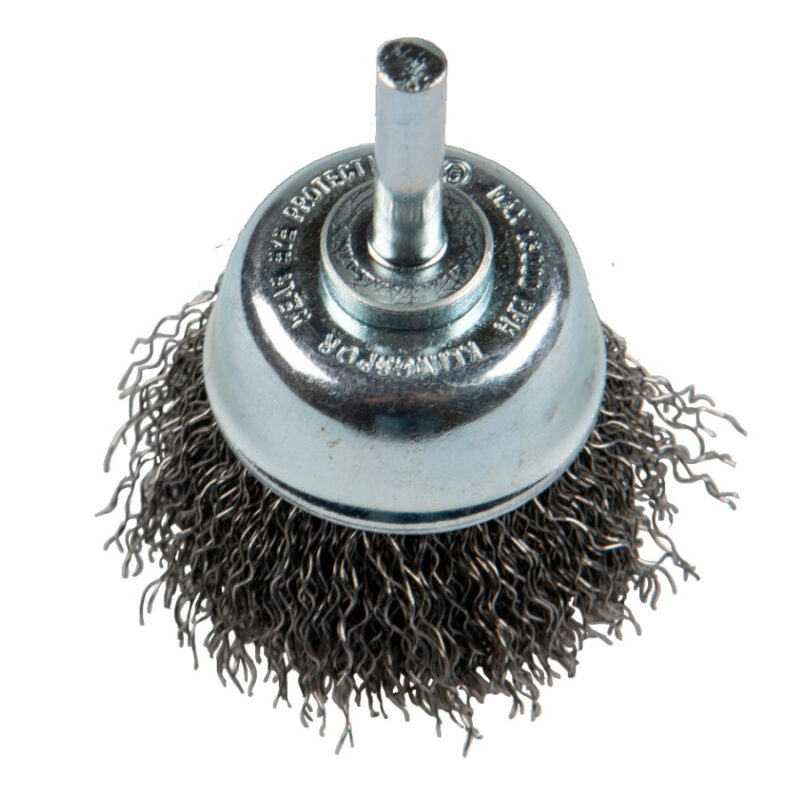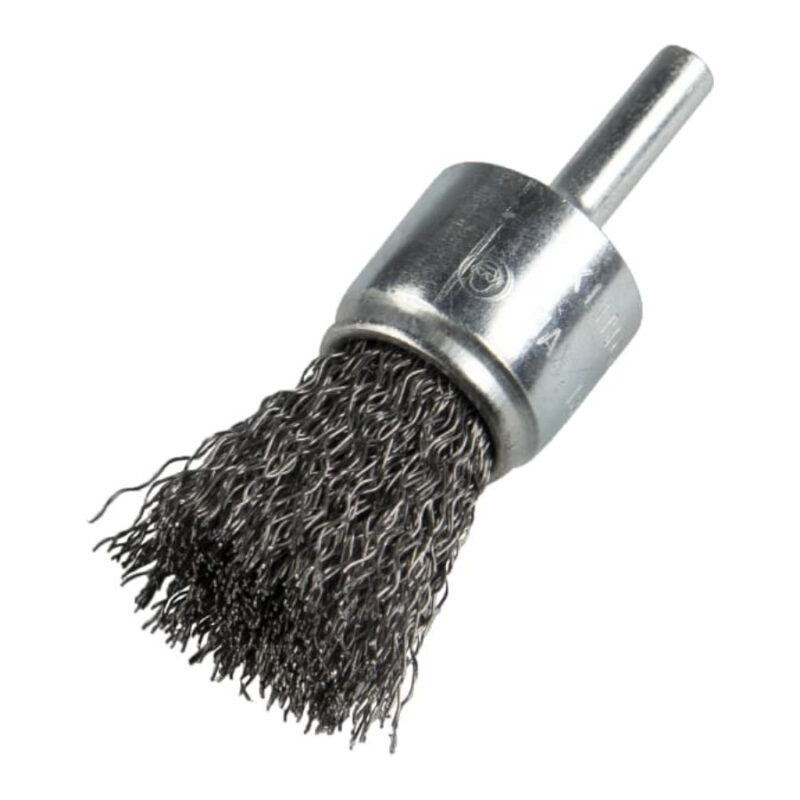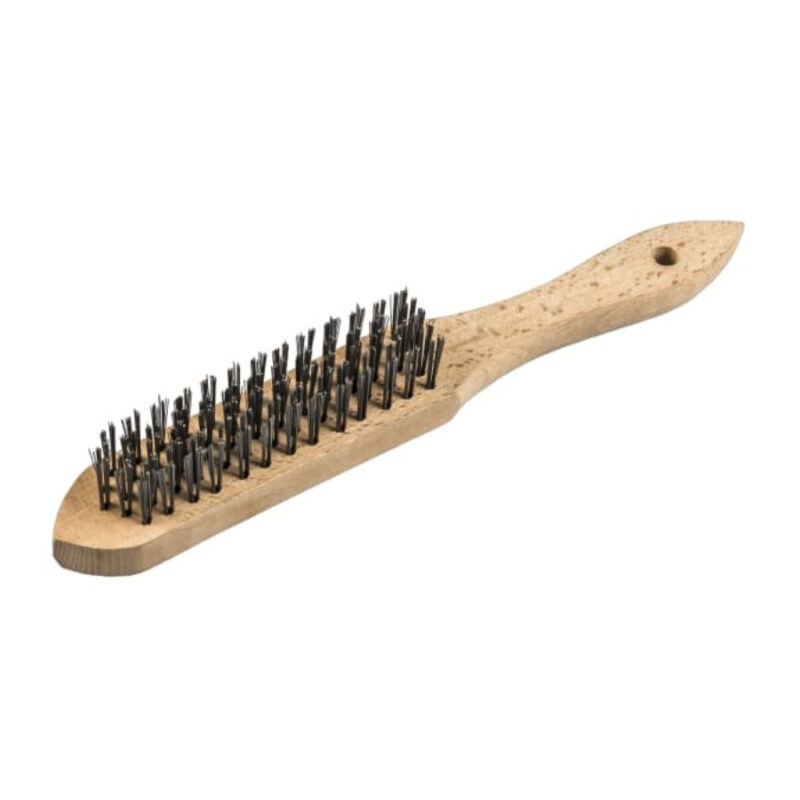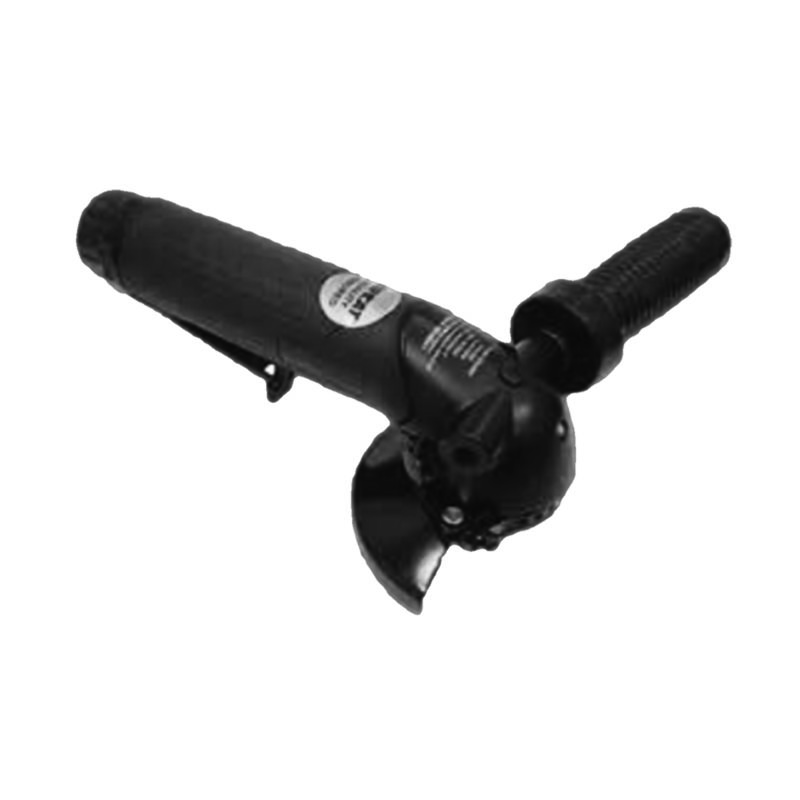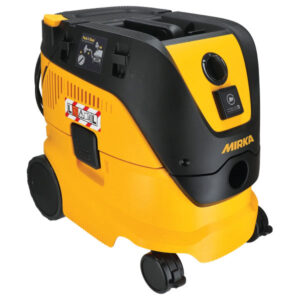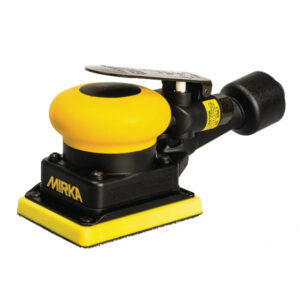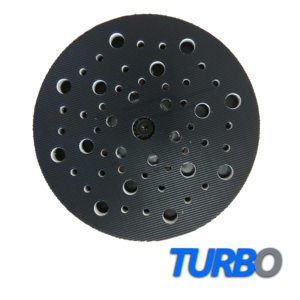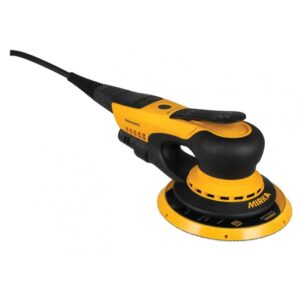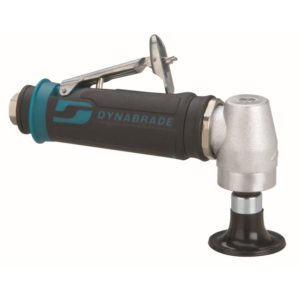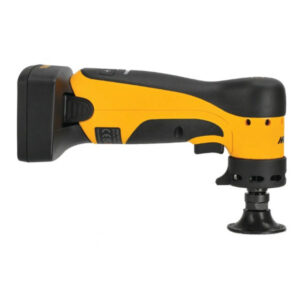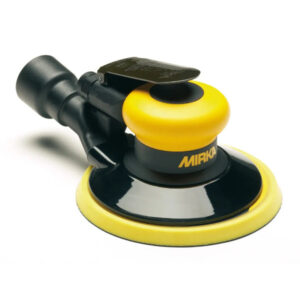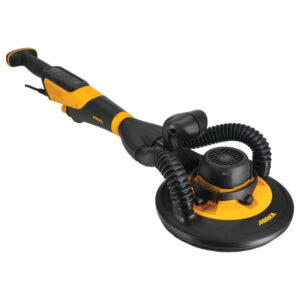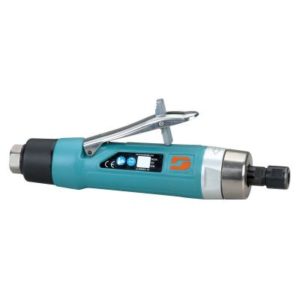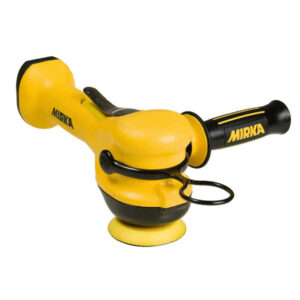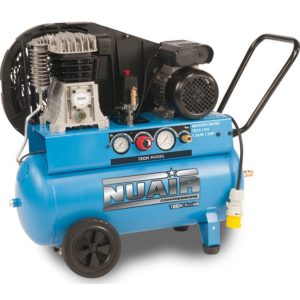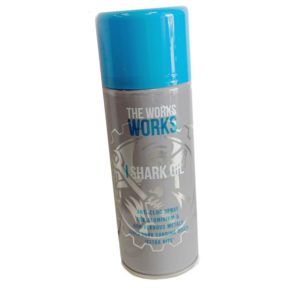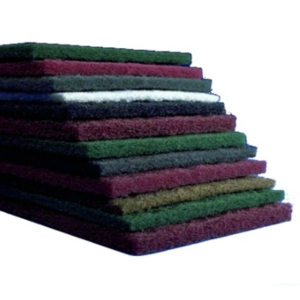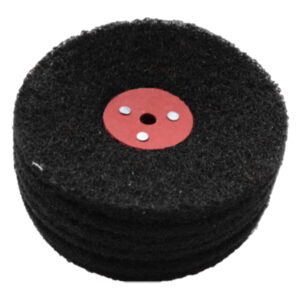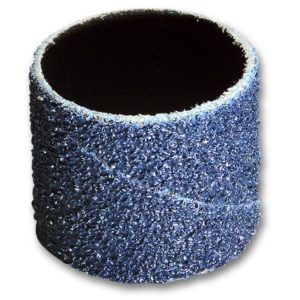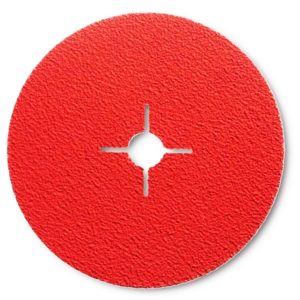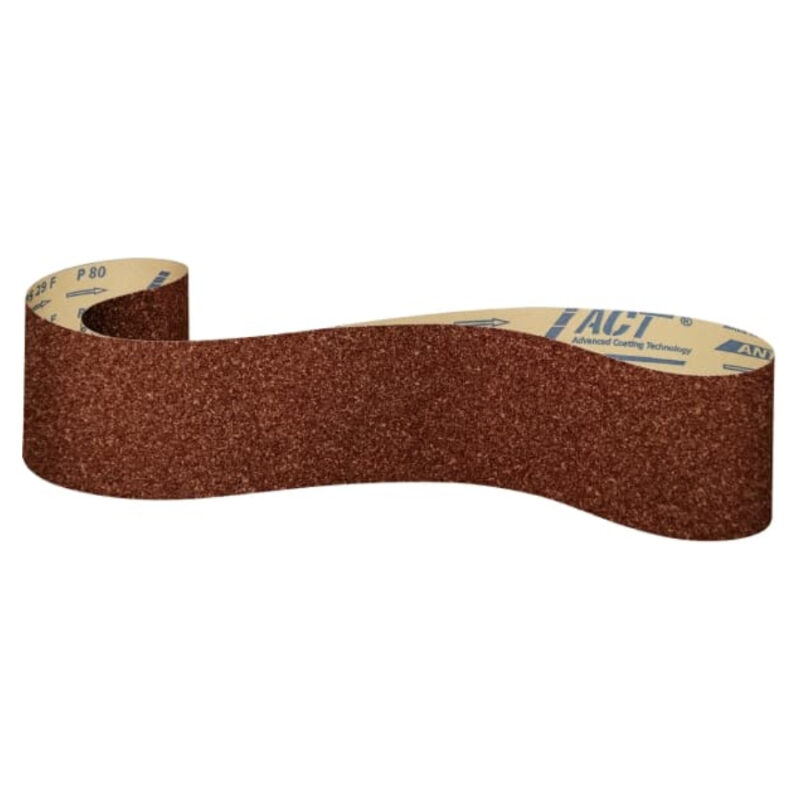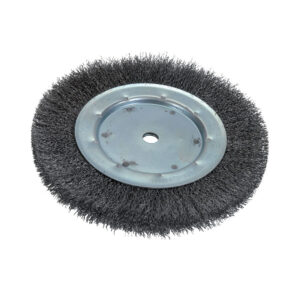Dust Extraction
Dust extraction is an important consideration when it comes to working with abrasives. The creation of dust and other fine particles is a common side effect of using abrasives, and if left uncontrolled, this dust can pose a number of health and safety hazards. In this article, we will explore the importance of dust extraction in relation to abrasives, and the various methods that are commonly used to control dust in the workplace.
First and foremost, it is important to understand why dust extraction is necessary. When abrasives are used to grind, sand or polish a surface, they create fine particles that can become airborne. These particles can cause a range of health problems when they are inhaled, including lung damage, respiratory issues, and in some cases, cancer. Additionally, the presence of airborne particles can create a range of safety hazards, such as reduced visibility, the risk of slips and falls, and the potential for fires or explosions.
Fortunately, there are a number of methods that can be used to control dust in the workplace. One of the most common methods is dust extraction. This involves the use of specialized equipment to capture and remove dust and other fine particles from the air. There are many different types of dust extraction systems available, ranging from small, portable units that are designed for use in workshops, to large, industrial-scale systems that are used in factories and other large-scale operations.
One of the most common types of dust extraction systems is the local exhaust ventilation (LEV) system. This type of system is typically used in conjunction with hand-held or portable power tools, such as grinders and sanders. The LEV system consists of a hood or nozzle that is attached to the tool, along with a flexible hose that connects the hood to a dust extractor or vacuum cleaner. When the tool is in use, the hood captures the dust and other fine particles that are created, and the extractor or vacuum cleaner removes the particles from the air.
Another common type of dust extraction system is the central vacuum system. This type of system is typically used in larger operations, such as factories or manufacturing facilities. The central vacuum system consists of a network of ducts and pipes that are connected to a central dust collector. The dust collector is usually located outside the building or in a separate room, and it is designed to capture and remove dust and other fine particles from the air.
Regardless of the type of dust extraction system that is used, there are a number of factors that should be considered when selecting and installing the system. For example, it is important to ensure that the system is properly sized and designed for the specific application. The system should also be installed and maintained by qualified professionals to ensure that it is functioning properly and effectively.
In addition to dust extraction systems, there are also a number of other measures that can be taken to control dust in the workplace. These include using wet methods, such as wet grinding and wet sanding, which can help to reduce the amount of dust that is created. Another option is to use dust masks and other personal protective equipment (PPE), such as respirators, to protect workers from inhaling dust and other fine particles.
In conclusion, dust extraction is an important consideration when it comes to working with abrasives. By implementing effective dust extraction systems and other dust control measures, it is possible to create a safer and healthier workplace environment for all employees.
